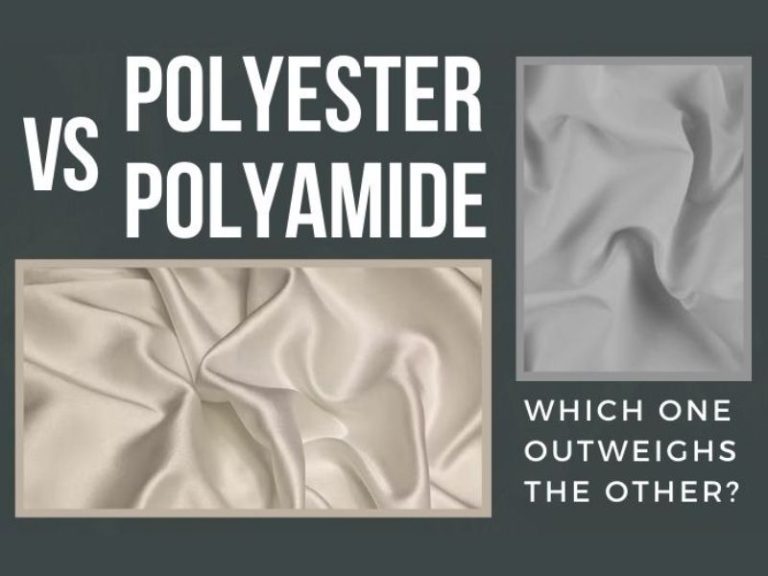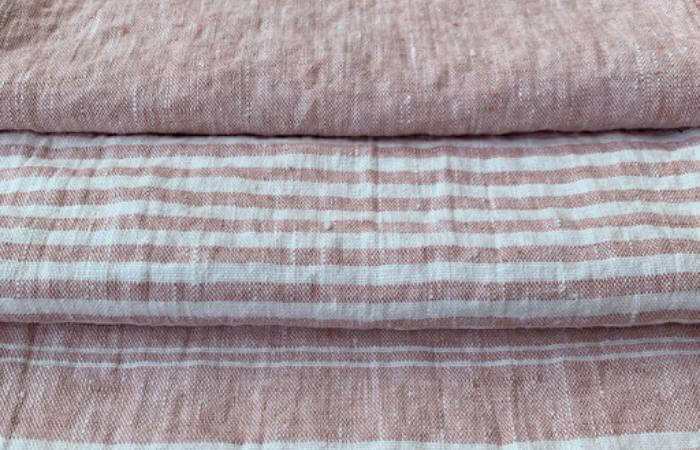Why linen is better than cotton? Cotton fabrics and linen fabrics are two of the most sumptuous textiles for keeping you cool and cozy. They could be utilized to make shirts, gowns, and even household textiles like curtains and bedsheets. What distinguishes the two materials from one another, though, save that? I’ll contrast cotton with linen in this article, so you can evaluate the differences and decide which is preferable.
What Is Linen Fabric Made From?
Linen- a fabric made from the flax plant’s fibers-was grown and used as a textile. This sustainable crop was cultivated as the oldest type in the world. Their history goes back a long time. The discovery of flax fibers in caves in Southeast Europe raises the possibility that linen products had been used for more than 30,000 years.
Besides, the linen industry played a significant role in the economies of various European nations in the 18th century and beyond, as well as the American colonies.
What Is Cotton Fabric Made From?
One of the most popular and historically significant textiles, cotton is still used to manufacture fabrics today. As you might have guessed, it is a natural fabric made from the cotton plant.
Since cotton is a staple fabric, the lengths of the fibers vary. As a result, there are several varieties of cotton that could be employed to create a wide range of textiles, including Egyptian cotton and Lima cotton.
Cotton may be woven or knitted into a variety of fabrics, including muslin, gabardine, denim, and flannel. Although cotton is normally white, it can be bleached to make it even whiter or dyed vibrant variations, if necessary, after becoming spun into yarn. Afterward, depending on the variety of cotton fabric being generated, the yarn is either woven or knit.
Cotton Fabrics Vs Linen Fabrics: Unique Points
Linen is extremely durable, twice as sturdy as cotton. This quality contributes to its lasting charm. Moreover, linen can soak up moisture up to 20% of its own weight, giving it a refreshing, cool feel to the touch.
Now that you understand the composition and manufacturing processes of cotton and linen, here is a chart that summarizes their similarities and differences.
| Points | Cotton | Linen |
| Durability | is more stretchy than linen but not as durable as linen | lasts longer than cotton |
| Breathability | depends on how it is woven | more breathability than cotton due to flax fiber |
| Softness | softer than linen | stronger texture |
| Warmth | warmer in cool weather | cooler, not warm at all |
| Weight | medium | light |
Durability
If handled appropriately, cotton and linen can both last for an extremely long period of time. However, they both have a tendency to shrink, especially the first time they are cleaned. As a result, many cotton textiles are preshrunk and, if washed sufficiently, may not permanently shrink.
Cotton can shrink just under linen, and linen is more inclined to shrink if it is not cleaned properly. Moreover, if you don’t take proper care when washing it, it will likewise continue to shrink.
Some cotton that shrinks can be stretched back to its original size, while linen is more challenging to do otherwise. In addition to being more loosely woven than cotton, linen is more prone to tearing and snagging than cotton. However, depending on the fabric’s weave, certain cotton textiles are stronger than others.
In general, linen lasts longer than cotton because the cellulose fibers in flax are longer and more tightly wound than cotton.
Breathability
Both of the above materials offer some degree of breathability because they are typically worn in the summer. Otherwise, wearing them could make you feel stuffy or uncomfortable.
And considering that they are both constructed of plant fibers, which “breathe” as humans do, both of which are already inherently permeable.
Having said that, the two textiles’ construction could offer additional breathability. How the strands are woven (or knit) together in cotton decides how breathable it is. More textured fabric cotton will recover quicker, whereas dimensionally stable cotton will breathe less.
Some cotton fabrics, like denim or canvas, are thicker and less breathable. On the other hand, the linen fiber of flax is hollow so air and water can easily circulate. So, in general, linen fabric is more breathable than cotton fabric.
Softness
Due to the tighter interweaving of the fibers, cotton is often softer than linen. Again, certain cotton varieties and cotton textiles are softer than others. For instance, clothes made of Pima cotton or cotton components like flannel typically have a softer feel than fabrics made of normal cotton.
Although it does occasionally have a rough surface, linen is stiffer and more rigid than cotton. This is primarily due to the looser weave. This gives linen a light, airy sensation, whereas cotton feels more comfortable next to the skin. Additionally, due to the nature of linen, it wrinkles somewhat more than cotton does.
Warmth
Cotton and linen aren’t always considered to be warm materials, and linen isn’t extensively employed to construct fall or winter clothes.
However, depending on the cotton fabric, cotton may be warmer than linen. For instance, cotton-based flannel is regularly used to create button-up shirts and pajamas throughout the winter. Since the fibers of cotton are less hollow and the cloth is less permeable, cotton also has some insulating qualities.
Additional warmth can be added by making it thicker and heavier. Because of its hollow strands and the way it conducts air, linen does not provide much warmth. Compared to most cotton, which is normally medium-weight, linen is also more lightweight and won’t be as warm.
Cotton is therefore a better option if you’re wearing one of these materials to stay warmer. If linen is densely layered, it is not recommended for the colder months.
Weight
Compared to linen, which is a lightweight fabric, cotton textiles are typically medium-weight. Again, hollow fibers are the explanation for linen’s greater lightness. Additionally, it seems lighter because of the loose weave.
Some cotton textiles, like muslin, can be thin and airy. Others have a stronger and tighter weave, like denim or heavyweight cotton. This makes cotton far more adaptable, although linen is preferable if you like your garment to feel light and breezy.
Conclusion
Cotton is not the answer to all problems. In addition to not being as moisture-wicking as linen, it is less breathable. Which is a better option now that you are aware of the distinctions between cotton vs linen fabric? Simply put, it depends on the kind of apparel you want to produce or purchase and the qualities you desire in a fabric.
FAQs
Because of its exceptional filtration, moisture absorption, and evaporation properties, linen is the ideal non-allergenic bed linen and is resistant to germs. Linen is breathable, keeps you warm in the winter, and cools you in the summer. Due to its natural pH balance and stain- and dirt-repelling qualities, pure linen is anti-static and even soothes and protects the skin. For all of those reasons, it is advised for individuals with skin conditions and those who experience excessive heat.
Cotton is a better option if you want a fabric that is a little bit warmer, softer, and cheaper. Although it is more costly and difficult to maintain, linen is a better option if you want a fabric that is more breathable, lightweight, and moisture-wicking. Besides, unlike cotton fabric, the production process of linen does not need the help of pesticides. That’s why linen is rated higher than cotton in terms of environmental friendliness.




